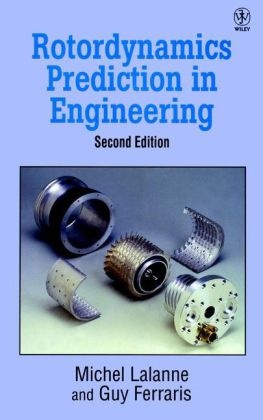Read more
In this updated and revised second edition, the authors present a systematic and practical approach to the analytical and numerical aspects of the prediction of rotordynamics behaviour. The influence of bending is a main theme of the book, although the effects of torsion are also considered. The use of finite element techniques and the characteristics of rotor elements are introduced. The book goes on to consider simple models showing basic phenomena which are then linked to industrial applications such as turbocompressors, high pressure centrifugal compressors, and steam and air turbines. Key features include:
The inclusion of a computer program available free of charge on the Internet
The development of a simple model of co-axial multirotors
New industrial applications and 1995 API specifications
This book will be of great interest and value to students and engineers concerned with predictions in rotordynamics and mechanical engineering.
List of contents
Characteristics of Rotor Elements.
Monorotors: Simple Models, Basic Phenomena.
Multirotors: Simple Models, Basic Phenomena.
Rotors Equations: Solutions of Equations.
A Computer Program.
Towards Industrial Applications.
Industrial Applications.
Transient Motions.
Torsion.
Miscellaneous Topics.
Appendices.
References.
Index.
About the author
Michel Lalanne is the author of
Rotordynamics Prediction in Engineering, 2nd Edition, published by Wiley.
Guy Ferraris is the author of
Rotordynamics Prediction in Engineering, 2nd Edition, published by Wiley.
Summary
A systematic and practical approach to the analytical and numerical aspects of the prediction of rotordynamics behavior. Opening with a presentation of the characteristics of rotor elements, the book goes on to consider simple models showing basic phenomena and introduces the use of finite element techniques.

